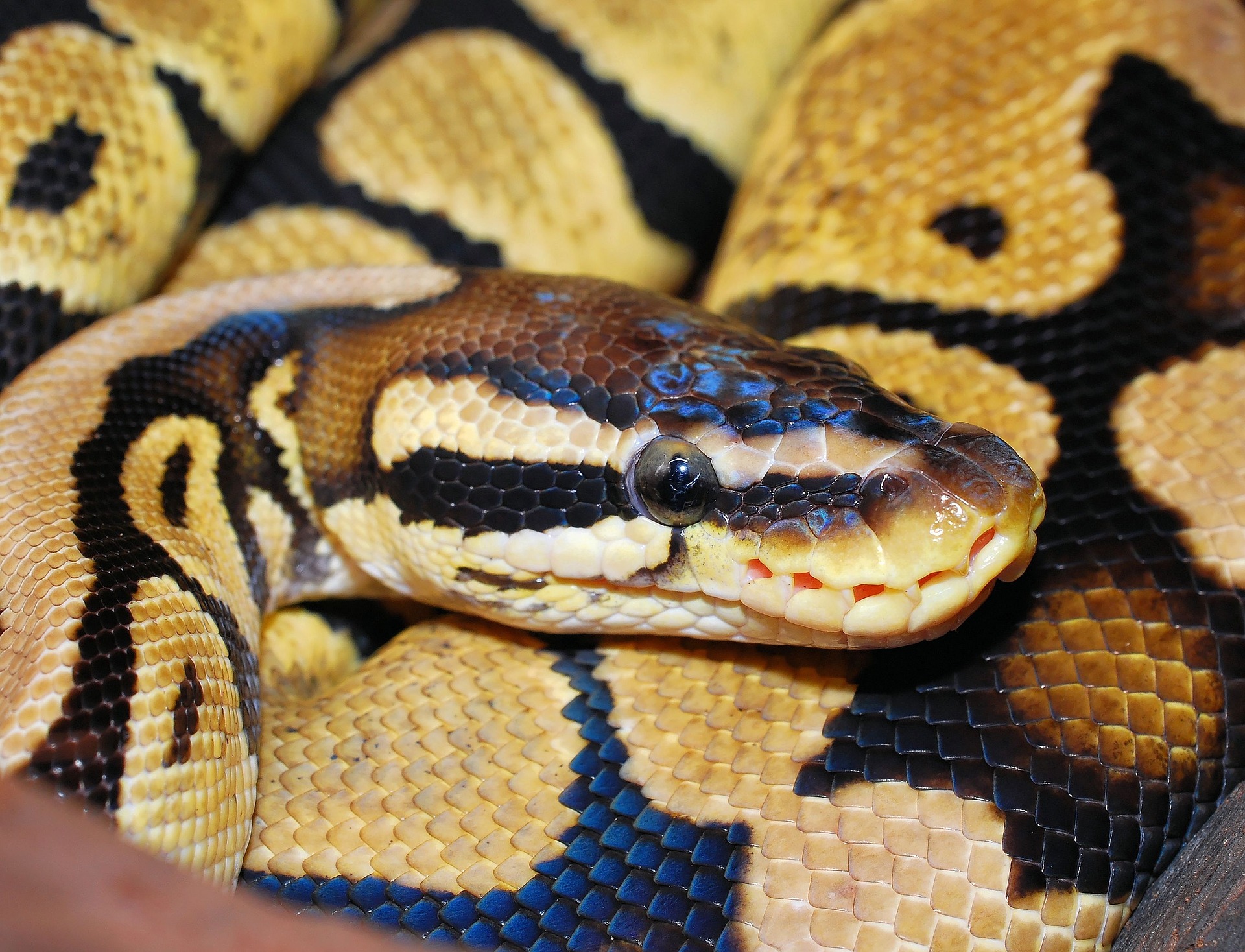
How Many Teeth Do Ball Pythons Have? [Ball Python Teeth]
The ball python will have a fluctuating number of teeth depending on its age and size. You should expect to see fewer teeth inside the mouth of smaller and younger pythons than in the mouth of older and larger ones. Even so, the number will always be somewhere around 30 teeth, divided into two rows at the bottom and four rows at the top.
/cloudfront-us-east-1.images.arcpublishing.com/gray/2QJEDLRBZNEU3NBXSU6VOAJYE4.jpg)
Is it legal to own a boa constrictor in Ohio?
May 31, 2021 Edward Jones In this article, we will explore various aspects of ball python teeth, such as their size, appearance, and the number of teeth they possess. Additionally, we'll discuss the likelihood of bites, how to prevent them, and how to respond if you do get bitten.

Burmese Python Teeth
The number of teeth a ball python has depends on the snake's size. The smallest snakes have 42 teeth, and snakes closer in size to an alligator will have around 200. Ball pythons usually sport 81-104 teeth in their mouths, but some specimens will sport more than 140. The fangs fasten into the prey and cannot move independently.
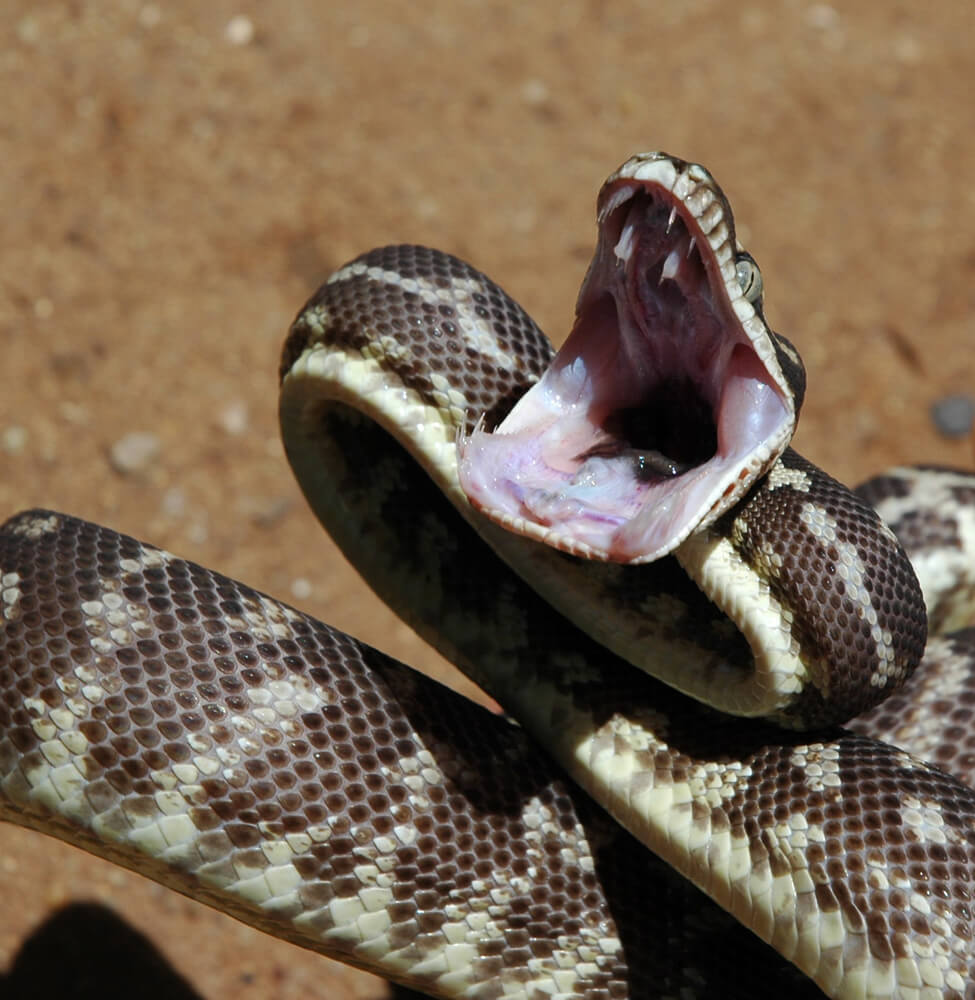
pythonroughscalemouth.jpg Gallery Reptile Gardens
Boa constrictors and pythons are "strikers," he notes. Their attacks are lightning-fast—covering some 2.7 meters per second—and tend to come from above their prey. Teeth in their lower jaw impale the prey first and help anchor the snake as it twists to reach up, over, and around the rodent in preparation for squeezing the life out of it.
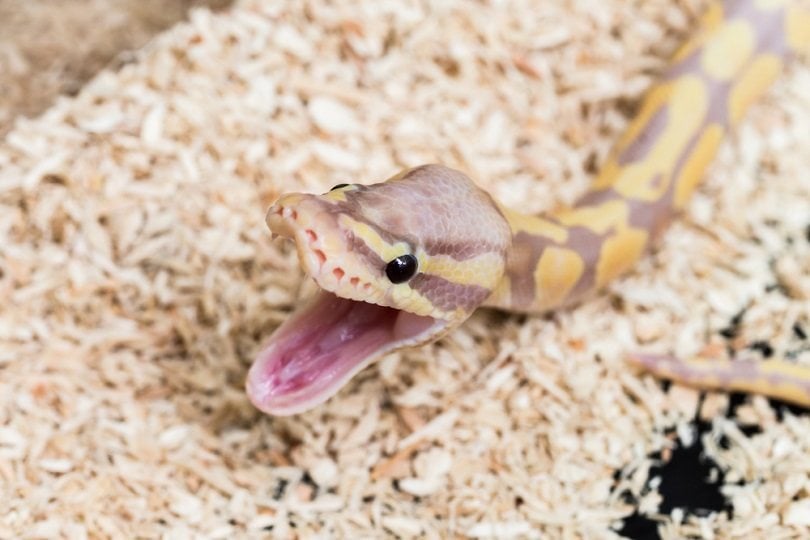
How Many Teeth Does A Ball Python Have? The Answer May Surprise You! Pet Arenas
You can relax, the really not as serious as it seems, ball pythons are fearful reptiles, and harmless, this type of snake can have 100 teeth distributed in four rows with a total of 30 teeth in the shape of spikes in the upper jaw. The remaining ball pythons teeth are distributed in two rows on the lower jaw.

African Rock Python showing teeth (Python sebae), Stock Photo, Picture And Rights Managed
Welcome to the world of the green tree python, a captivating creature known for its bright green body and fascinating teeth. This guide explores everything you need about green tree python teeth, their habitat, care, and more. Whether you're a snake enthusiast or just curious about these tree pythons, this article is for you!

Ball Python Teeth Gallery
The primary function of Ball Python Teeth is to grip and hold their prey. Ball pythons are constrictor snakes, which means they don't rely on venom to subdue their prey but instead wrap their bodies around it and squeeze. The backwards-facing teeth help them secure their prey while they constrict it, and prevent the prey from escaping once caught.

Get Green Tree Python Teeth Pictures Teeth Walls Collection For Everyone
Last updated: Jul 21 2023 If you have a ball python, you may be wondering just how many teeth your snake has. You may be surprised to learn that these snakes have more than 100 teeth in total, with two rows in their lower jaw and four rows in their upper jaw. In this article, we will discuss the ball python in more detail.

Sharpness Of The Python Teeth Stock Image Image of behavior, long 21838025
Python teeth are curved, sharp structures vital in capturing and holding onto their prey. Unlike some other snakes, pythons have teeth that are not venomous, but they are designed to grip and hold their prey during feeding. This section explores the structure, composition, and function of Python teeth.

Burmese Python Teeth
They have triangular-shaped heads and sharp, backward-curving teeth that they use to grab prey. Arboreal pythons' teeth are longer than their terrestrial cousins. Arboreal pythons also have.

"Rough Scaled Python Teeth" by Steve Bullock Redbubble
Ball pythons have 30 to 35 teeth, with 14 on the upper jaw and 16 on the lower jaw. The teeth are located in the front of the mouth and are curved inward, which helps them grip their prey. Ball pythons use their teeth to puncture their prey and inject venom. The venom is not harmful to humans, but it can be fatal to small animals.
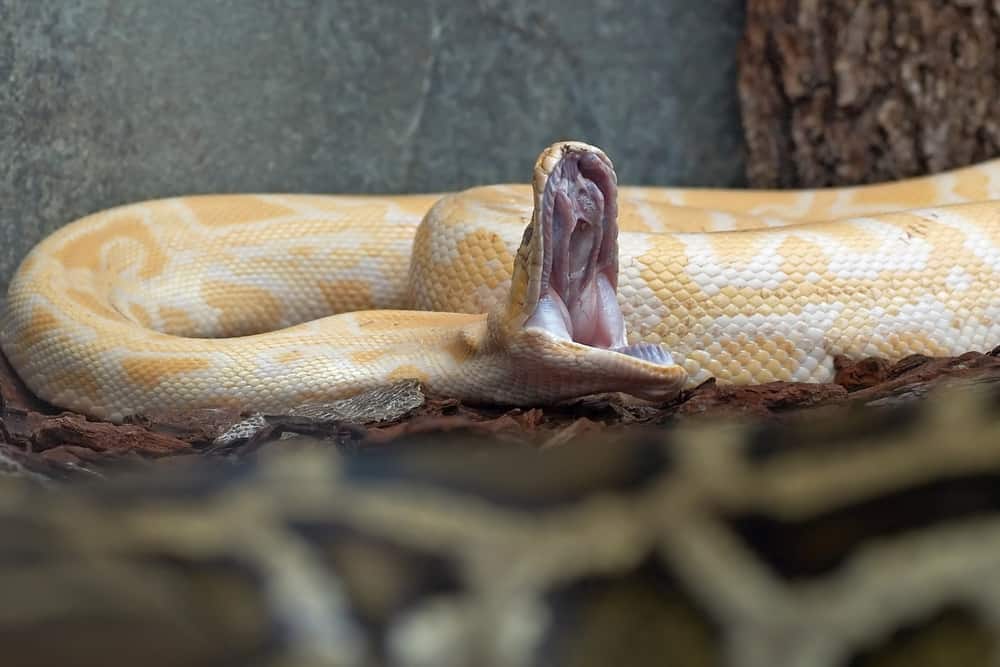
Burmese Python Teeth
Rear Teeth: The rear teeth are located towards the back of the python's mouth. They are smaller in size compared to the frontal teeth but still play a vital role in capturing and holding the prey. Vestigial Teeth: Some pythons have vestigial teeth, which are small, non-functional teeth located further towards the back of the mouth.
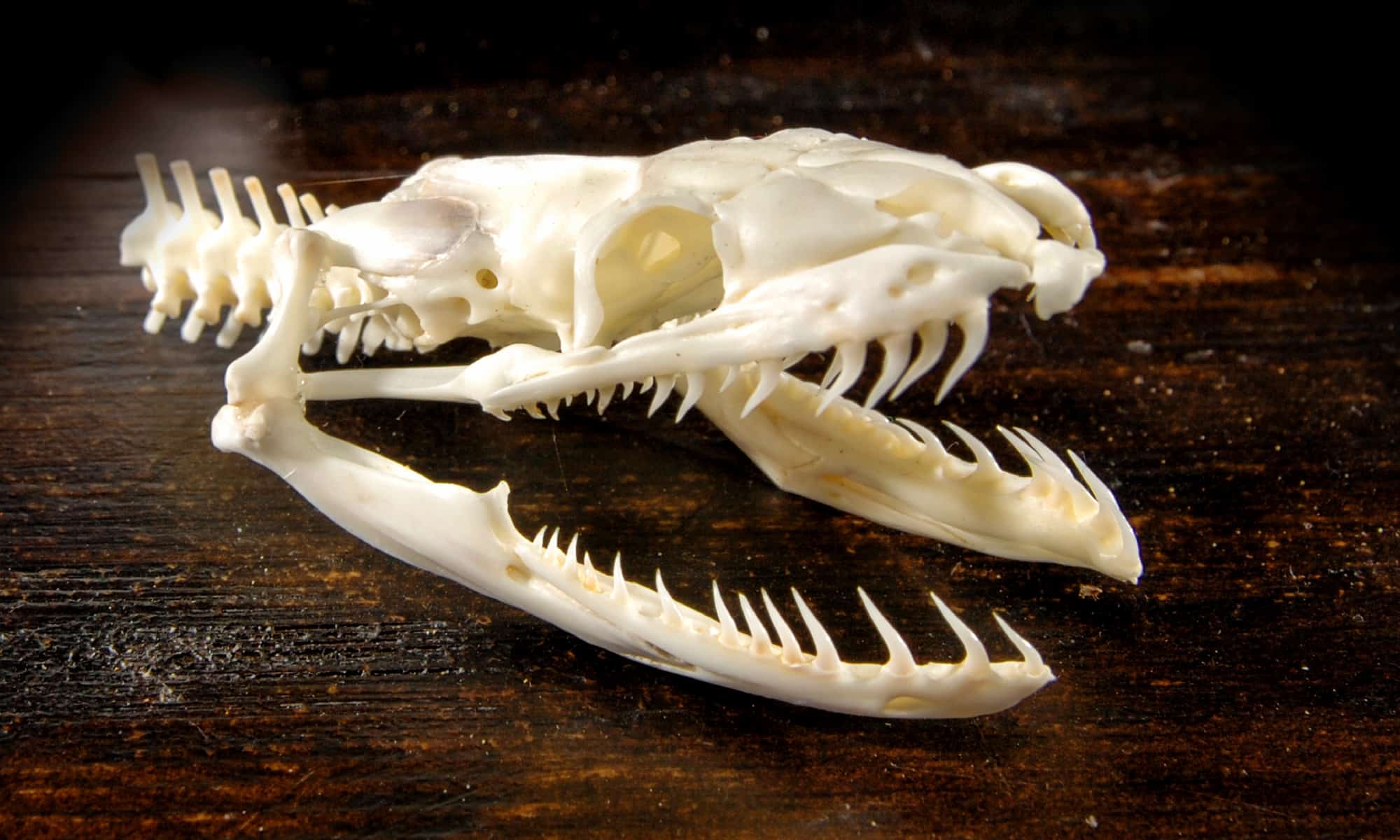
Burmese Python Teeth AZ Animals
The teeth of the reticulated python are a marvel in themselves. They are designed to grip and hold their prey, allowing the snake to constrict and consume it. When talking about the size and shape of reticulated python teeth, you'll find that they are long, sharp, and curved backward.
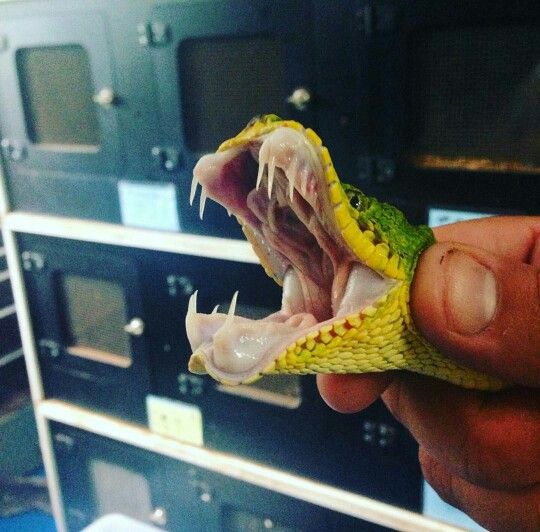
Green Tree Python Facts and Pictures Reptile Fact
In Short Ball pythons can bite, but they usually don't. Ball pythons may have over 30 teeth at any time. Ball pythons have teeth, but they DON'T have fangs. Their teeth are quite small, but they're sharp and curved inward. Like all snakes, ball pythons frequently lose and re-grow their teeth. Do Ball Pythons Have Teeth?

Pythons Teeth Pythons Review
Reptiles Snakes Burmese Python Teeth Advertisement Burmese pythons are an extremely famous - or infamous snake species. They are most popular in Florida for gradually but causing significant damage to the Everglades.

Wallpaper Coastal carpet python, Australia, teeth, tourism, eyes, angry, attack, animal, reptile
First and foremost, ball python teeth are essential for feeding. When these snakes spot a potential meal, they strike swiftly. Their teeth, curved and pointing backward, grip onto the prey, ensuring it can't wriggle free. This design is nature's way of ensuring the prey remains trapped. But the role of the teeth doesn't end with the.